Vision problems are common throughout the world, and many of them can alter the quality of one’s life. This is especially true in cases of nearsightedness and farsightedness. These simple refractive errors may severely complicate even the most basic, everyday tasks. Though these conditions affect millions of people worldwide, some may still be unfamiliar with them. So, let’s take a moment to explore and compare nearsightedness vs. farsightedness.
Nearsightedness
Nearsightedness, or myopia, is one condition that affects the eye’s ability to focus light. Patients with myopia may see close images clearly, but they often struggle to make out distant objects. This condition tends to run in families, and symptoms generally arise during childhood or adolescence.
Nearsightedness occurs when an eye’s shape causes poor refraction. This means light isn’t properly focused on the retina, the part that allows your optical nerve to receive visual input. This tends to happen if one or both eyes is too long or if either lens is too curved.
The primary symptom of nearsightedness is blurry vision at a distance, and it varies in its severity. For instance, many who suffer from this condition struggle to read traffic signs while driving. Others will regularly squint throughout the day, leading to headaches and eye fatigue. Those with severe myopia often struggle to comfortably watch television or read a classroom whiteboard.
While this condition isn’t directly life threatening, it certainly reduce one’s quality of life. Luckily, nearsightedness is easy to diagnose with an eye exam, and patients’ symptoms often improve considerably with contacts, corrective lenses, or refractive surgery.
Farsightedness
Farsightedness, or hyperopia, is the exact opposite of myopia. Patients with farsightedness tend to see distant objects more clearly than closer ones. Like nearsightedness, this condition is often genetic, and symptoms usually appear long before adulthood.
Farsightedness is also a refractive error. In some cases of hyperopia, a patient’s eye may be too short. In other cases, their lens isn’t curved enough to clearly perceive nearby images. Either way, any light entering their eye is focused behind, rather than on, their retina. This causes nearby objects to appear out of focus.
The primary symptom of farsightedness is blurry vision of nearby objects. Like nearsightedness, it varies in severity from case to case. However, many patients with farsightedness struggle to naturally read, write, and work with computers. They often squint and experience pain or aching around their eyes, and in rare cases, some may develop crossed eyes.
Eyecare professionals diagnose this condition with a comprehensive, dilated eye exam.
Optometrists generally correct patients’ symptoms with prescription eyeglasses and contact lenses. Another long-term treatment option is corrective surgery.
How Common are Nearsightedness and Farsightedness?
Refractive errors are some of the most common vision problems in the United States. These include both near- and farsightedness, as well as astigmatism and age-related vision loss (presbyopia). Thankfully, these refractive errors tend to be easy to correct with the proper prescriptions.
According to the National Eye Institute, over 40% of Americans suffer from nearsightedness. Developed countries in East and Southeast Asia often see rates of nearsightedness as high as 90%. Sadly, some projections suggest that in the year 2050, nearly 50% of the world’s population will experience some form of nearsightedness.
Farsightedness is a far less common condition. Though
many infants are farsighted at birth, it only affects about
5-10% of the American population as a whole. On the other hand, age-related farsightedness is far more common, affecting
more than half of adults over age 30 around the world.
Ask Us about Corrective Lenses
Understanding nearsightedness vs. farsightedness can empower you to
take control of your eye health. While refractive errors such as these are troublesome, they generally respond well to corrective measures if diagnosed early. If you’re experiencing symptoms of near- or farsightedness, then we welcome you to
reach out for an eye exam. We’re always happy to serve our neighbors in the Lincoln, Nebraska, community.

